HP ZBook Firefly G10 16-Inch First Impressions
- Paul Thurrott
- May 23, 2023
-
3

I’ve had nothing but good experiences with HP’s ZBook Firefly laptops, but this is my first time trying a 16-inch version. So far, I like what I see: like its predecessors, the 10th-generation Firefly blurs the lines between traditional Ultrabooks and mobile workstations by combining the portability of the former with more RAM, more storage, and discrete graphics.
For those unfamiliar with HP’s ZBook series of portable workstations, the Firefly family is an entry-level PC, though that should be taken in context, since it offers the same or better quality as the business-class HP EliteBook series of laptops. Other ZBook series laptops in the Power, Fury, and Studio families offer higher-end components, but they’re also bigger, heavier, thicker, and more expensive.
Windows Intelligence In Your Inbox
Sign up for our new free newsletter to get three time-saving tips each Friday — and get free copies of Paul Thurrott's Windows 11 and Windows 10 Field Guides (normally $9.99) as a special welcome gift!
"*" indicates required fields
And if you didn’t know any better, you would be forgiven for mistaking the ZBook Firefly G10 16-Inch for an EliteBook 865 16-inch as the form factors are nearly identical, with the same design, the same ports layouts, and the same keyboard and touchpad. The only major external difference that I can see—I don’t have the EliteBook here anymore to check—is the color, and even that is subtle: where the EliteBook comes in a traditional silver color, the Firefly comes in the darker gray color used by the ZBook family.
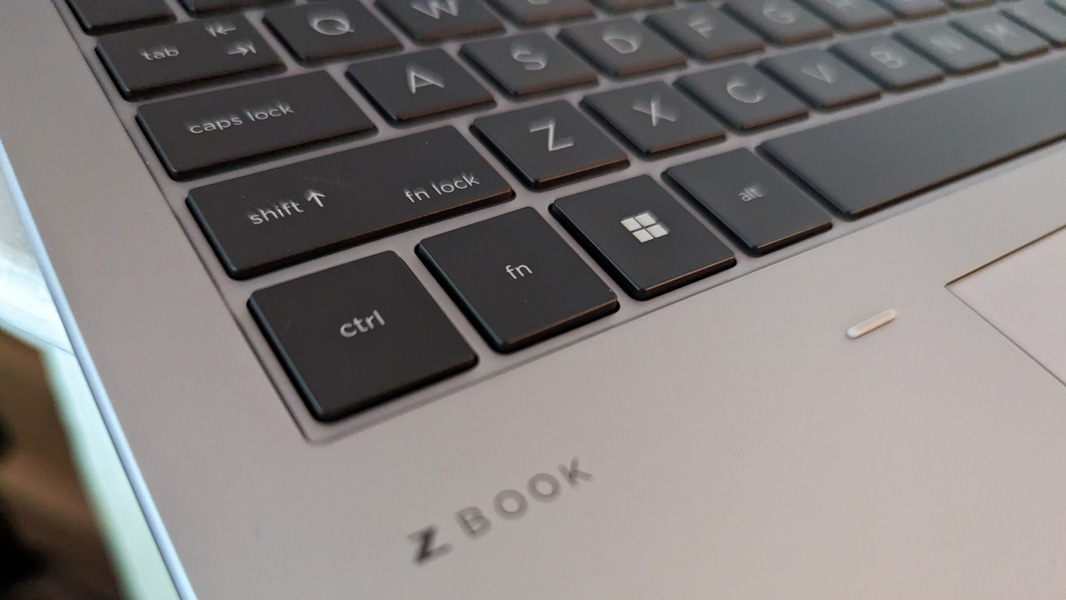
There are bigger differences on the inside, of course. The Firefly I got for review features a 13th Gen Intel Core processor—a 15-watt part with 2 performance cores and 8 efficient cores—32 GB of RAM, and 2 TB of PCIe Gen4 x4 NVMe M.2 2280 TLC SSD storage. What elevates it above a typical Ultrabook is the discrete graphics—it also comes with an NVIDIA RTX A500 Laptop GPU with 4 GB of dedicated GDDR6 RAM, which is designed for mobile workstations (as opposed to gaming laptops)—and the ability to get up to 64 GB of RAM. (HP also offers an AMD variant of this laptop.)
As we see across the premium segments of the PC industry these days, the 10th-generation Firefly shifts to taller 16:10 displays, a move I applaud. That said, I’m not sure yet about the exact specs of this panel: HP’s data sheets only list Full HD+ panels, but the version in the review unit offers a superior 2880 x 1800 resolution. I can see that it doesn’t offer HP’s Sure View Reflect privacy technology, and I assume it’s a 400-nit IPS panel, but I’ll check with HP.
Beyond that, I see reasonably-sized bezels given the PC’s size and the needs of the webcam.
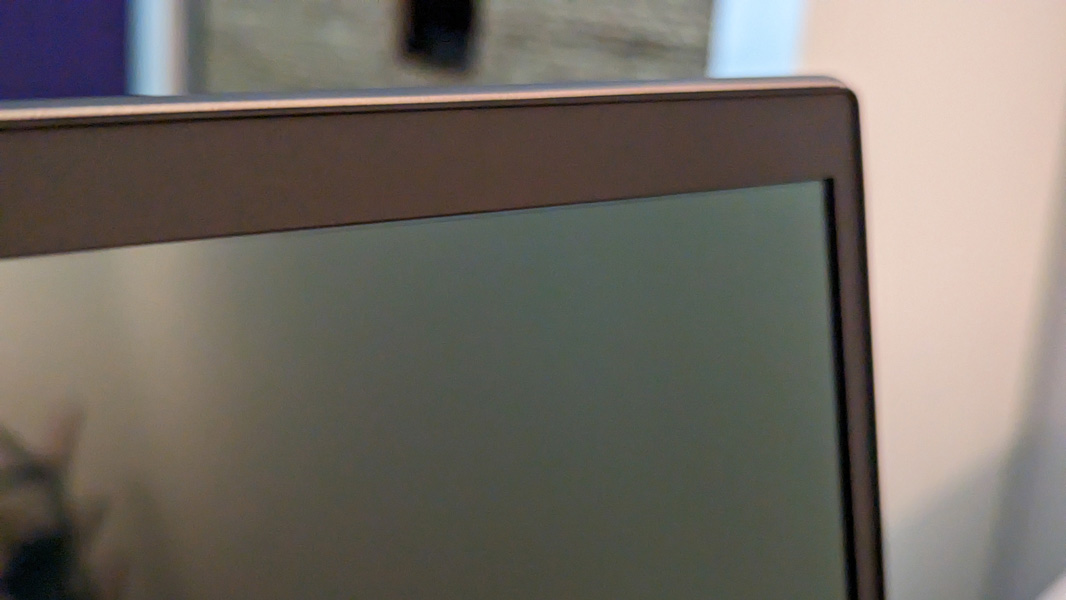
And that the display doesn’t quite lay flat.
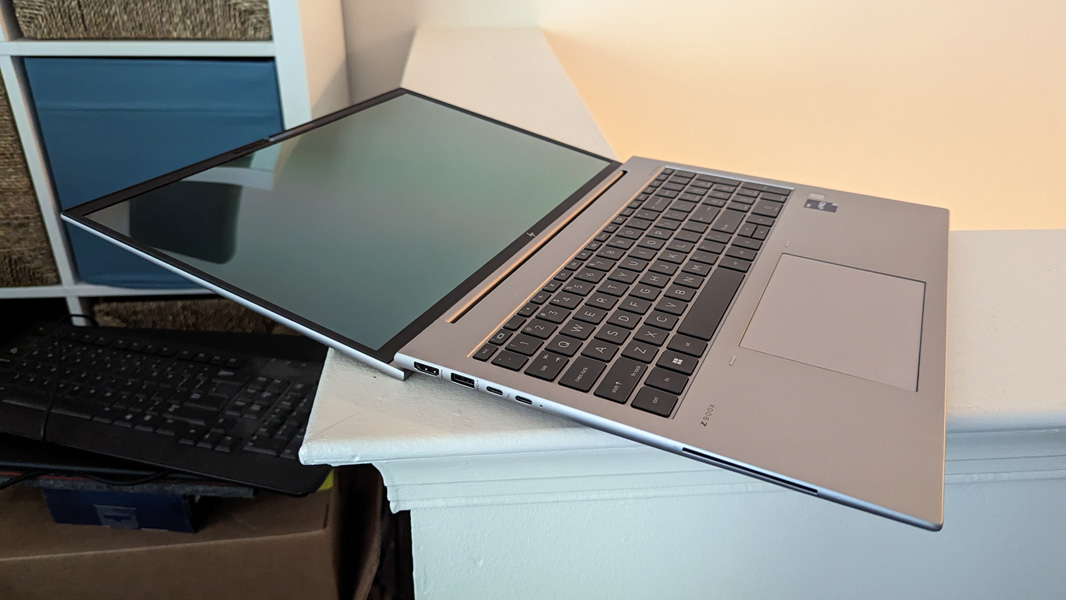
The backlit, full-sized keyboard seems identical to that on the EliteBook 865, as noted, which is great, but it also features a numeric keypad, which is unfortunate. I’ve already triggered a number of mistypes, which is almost certainly partially my fault.

But I’d much rather see a version without the numpad.

On the flip side, the large glass touchpad hasn’t proven problematic yet, and that’s a good sign: I often experience enough reliability issues that I need to disable three- and four-finger gestures, but I’ve not needed to do that, at least so far, with the Firefly.
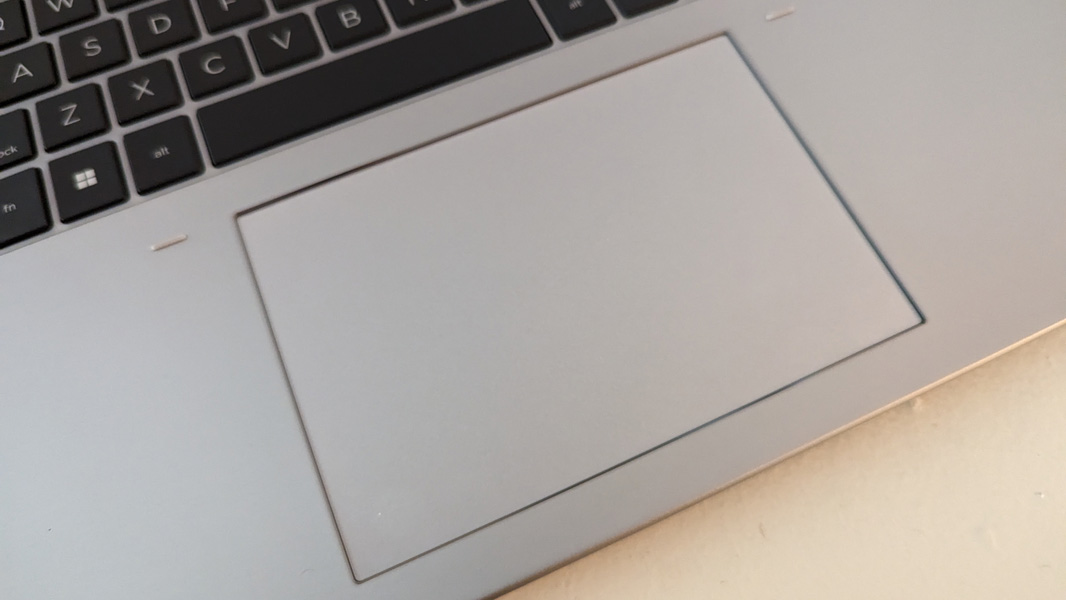
Expansion capabilities are decent: you get a full-sized HDMI 2.0b port, a full-sized SuperSpeed USB Type-A port (5 Gbps), two Thunderbolt 4/USB4/Type-C ports, and a smart card slot on the left.
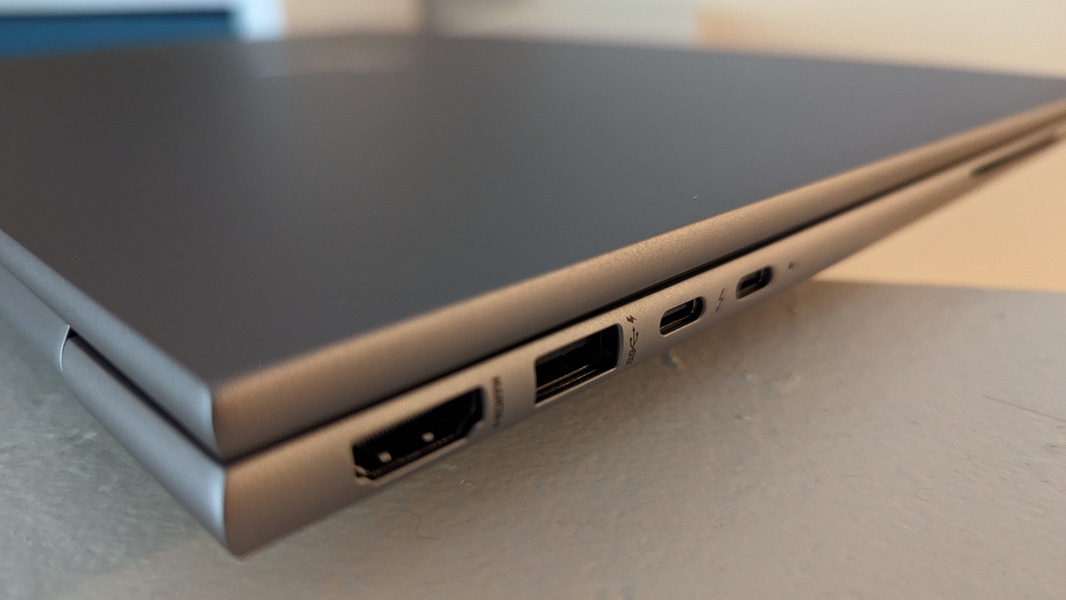
And on the right, you’ll find a combo headphone/microphone jack and a second full-sized SuperSpeed USB Type-A port (5 Gbps). Given the size of this laptop, it’s unfortunate that there isn’t a Type-C port on the right, especially since these ports are used for charging too.

The communications capabilities are modern, with Wi-Fi 6E and Bluetooth 5.3 on an M.2 card, and you can get 4G/LTE or 5G cellular wireless as well, though the review unit does not include either. NFC is optional as well.
Sound is driven by downward-firing, Bang & Olufsen-optimized stereo speakers, and while there’s no Dolby Atmos on hand, there is an AI-based dynamic tuning capability, and the sound was solid, clear, and distortion-free in the movie and music tracks I tested.
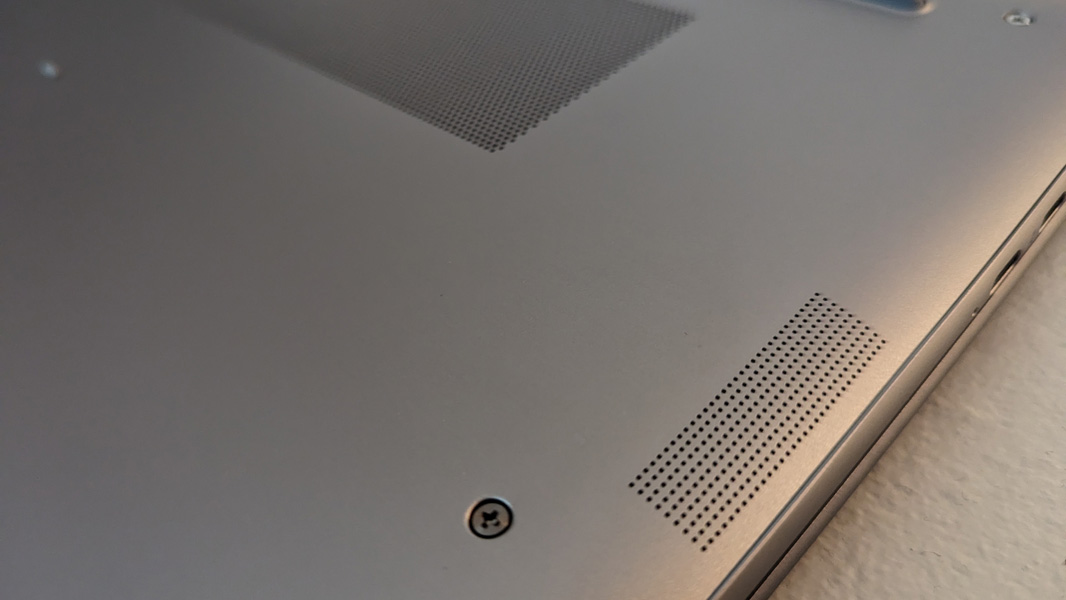
For hybrid meetings, the HP also provides noise reduction on the speakers and microphones, and the 5 MP webcam offers Windows Hello facial recognition capabilities and a manual privacy switch.
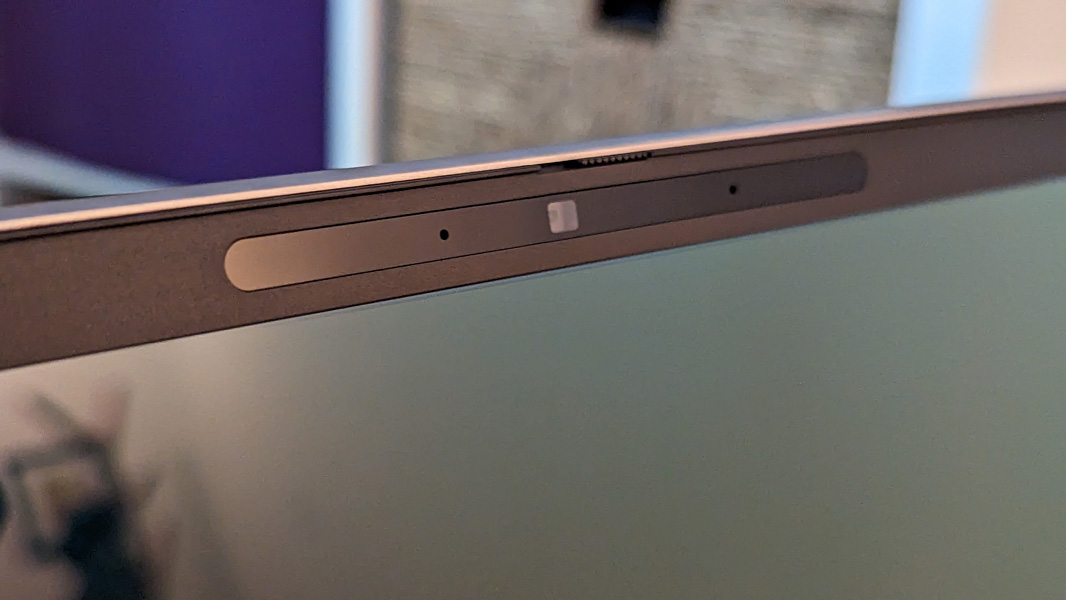
There’s also a dedicated fingerprint reader, curiously located on the wrist rest and not in the keyboard, for those that prefer fingerprint recognition.
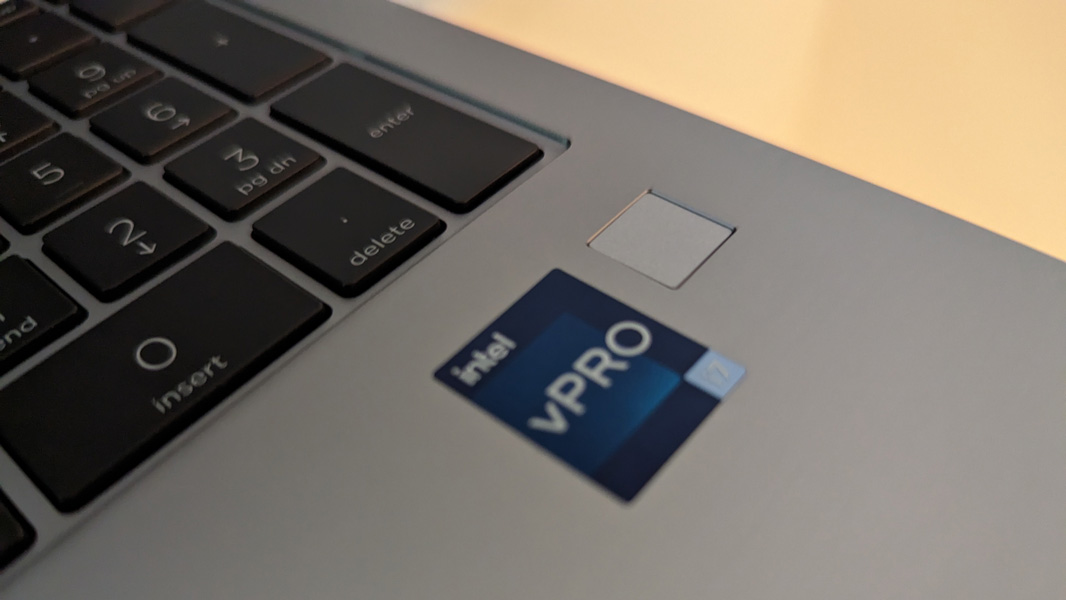
Power comes over USB-C via a standard 65-watt power supply, which is interesting as the very similar EliteBook 865 came with a large 110-watt charger. But I wouldn’t be surprised to discover that HP offers the 110-watt part as an option. I do know that there are two battery options—a 3-cell 51-watt-hour battery and a 6-cell 76-watt-hour battery—but I’m not sure which version is in the review unit.

The Firefly does arrive with a curb weight under 4 pounds, which is terrific for a laptop this large—it starts at 3.88 pounds—and it’s only 0.78 inches thick at its tallest.
The software loadout is reasonable: it includes Windows 11 Pro and about a dozen HP utilities, but only a single curious example of crapware, Adobe offers.
More soon.